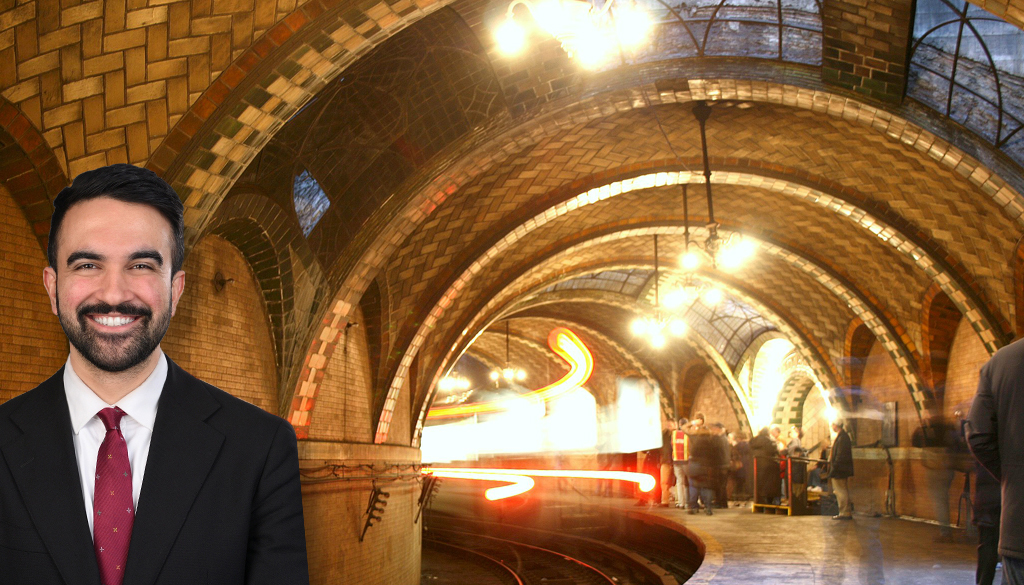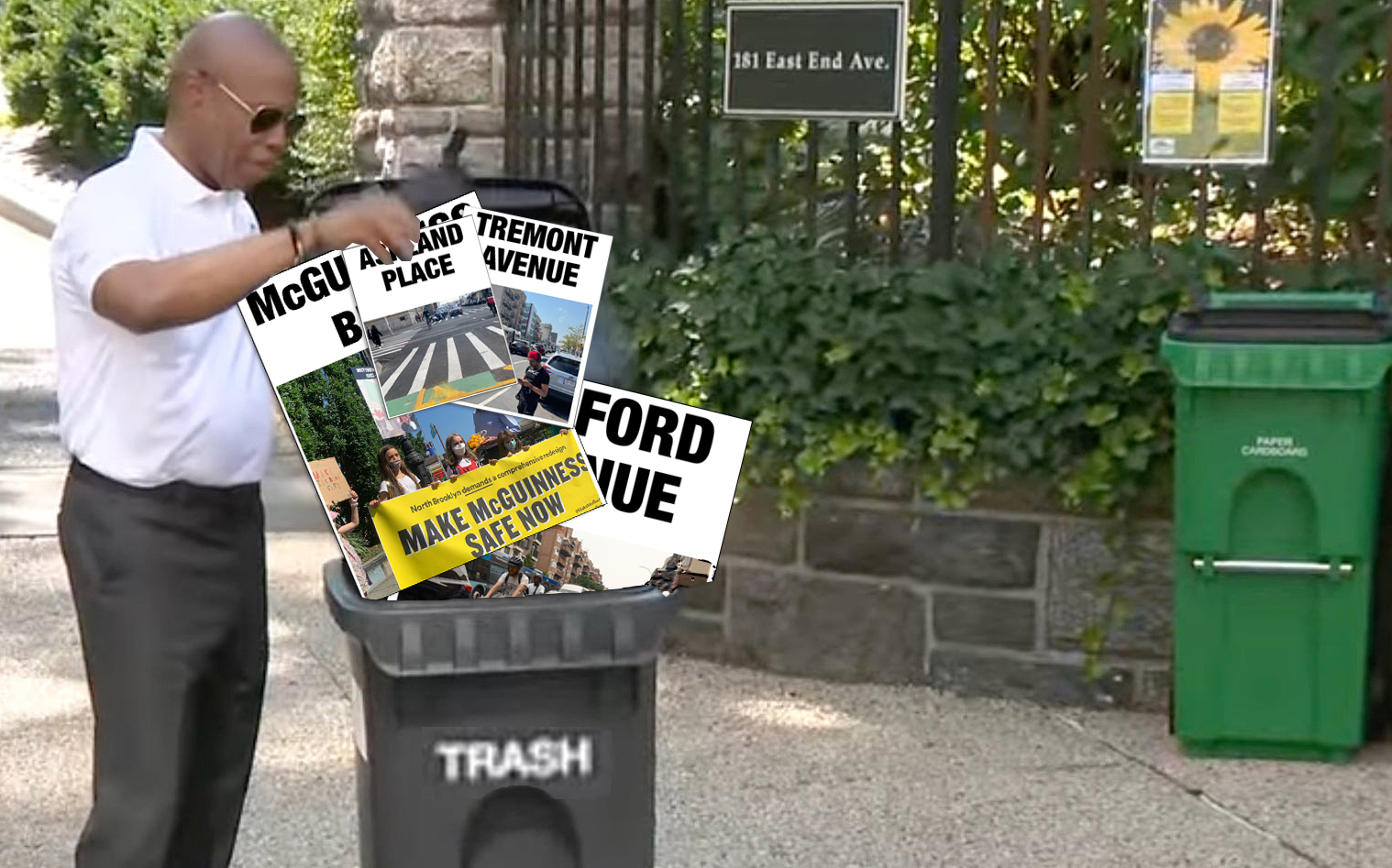
Part of the promise of Seattle's Link light rail was its potential to create walkable places in the sprawling Rainier Valley. And that's starting to happen, locals report, but developers are getting some important things wrong.
The proposed mixed-use development at MLK Way and Othello Street, for example, calls for way more parking than appropriate for an urban location near light rail. Will Green at The Urbanist explains:
The Seattle Housing Authority has found a developer for its 3.2 acre site at the corner of MLK Way and Othello Street, right next to Sound Transit’s Othello Link Station. The plans are impressive: 505 market-rate apartments spread over three buildings, 17,800 sq. ft. of retail space, and a 10,000 sq. ft. of public plaza intended to provide space for a farmer’s market and community events. But the developer, Everett’s Path America, has fallen into the same trap many have when planning TOD by forgetting the “Transit” and focusing on the parking. Instead, Path America is proposing a whopping 523 surface and underground parking stalls for those 505 apartments.
It’s a serious and well known problem: A recent report from the Sightline Institute found that 21 of the 23 recent multifamily developments studied had more occupied units than occupied parking stalls, with an average overnight parking vacancy rate of 37%. Those empty stalls do more than waste space; they cost developers a lot of money, costs that ultimately get passed on to tenants.
One study cited by Green estimated that parking costs add about $246 to monthly apartment rents in Seattle. Green continues:
It’s exciting to see development in the Rainier Valley take off. Seattle needs more affordable housing, and converting low-density (or vacant) land uses to medium- and high-density housing is a great way to meet that need. Likewise, taking advantage of major regional investments in transit is critical for ensuring affordability by freeing tenants from the burdensome cost of owning and maintaining car. Considering such realities, it boggles the mind that a major developer is planning to put more parking stalls than actual apartment units next to three frequent transit lines (Central Link Light Rail and King County Metro Transit Routes 8 and 36) in one of the poorest parts of Seattle. Not only is it a wasted opportunity, but it denies affordable housing in an area that desperately needs it.
Elsewhere on the Network today: The Architect's Newspaper reports that Michigan is getting its first bus rapid transit route, Grand Rapid's Silver Line. And Urban Milwaukee explains Wisconsin's history with the "wheel tax" -- a local tax on vehicle registration that's being explored as a way to boost funds for road maintenance.





